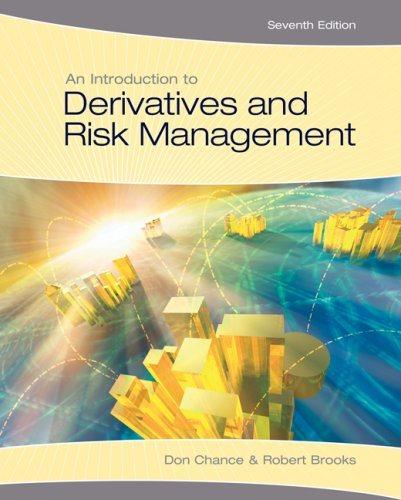
Mark and Alex are partners in a manufacturing business. There are three investment opportunities available, Project A, Project B and Project C. Each of the projects are expected to have a life of 5 years. The projects are mutually exclusive. Year 0 Project C - 100,000 20,000 1 2 40,000 3 Project A -50,000 6,000 3,000 7.000 65,000 40.000 19,139.47 25% Project B -50,000 19,000 16,000 20,000 25,000 15,000 13,521.84 26% 4 5 50.000 45,000 40,000 26,128.83 24% NPV IRR An analyst from the finance department has projected the above annual cash flows for each of the projects. The company's marginal tax rate is 30%. The annual cash flows from each of the projects has approximately the same level of risk. The analysts have estimated that a cost of capital of 15% would be appropriate to evaluate the projects. Mark had also requested the analyst to compute the NPV and IRR as these are popular capital budgeting tools. Required: (a) In this case, why does IRR provide conflicting ranking decision compared to NPV for the projects? Clearly show the rankings and decision. (6 marks) (b) Mark has suggested to undertake Project C. Alex is unhappy with the decision. Alex cannot comprehend why Mark has suggested to invest in a project with a lower rate of return. On the other hand, Mark feels IRR is of no value in this case. Critically discuss these statements. (4 marks) (c) Mark is uncertain about the estimated cost of capital. How much variation in the estimate would cause a change in the decision made in a)? (2 marks) (d) Suppose the projects are independent, what is the appropriate course of action? Assuming the company's available capital is limited to $100,000, how should Mark proceed with the investments? (10 marks) (c) FIN222 (SAA)/Page 2 of 3 After completing the above analysis, the analysts uncovered two additional information regarding the projects. Firstly, the analyst realized that the firm will have to pay $40,000 to a marketing firm for research performed last year. This research was conducted for Project A. Secondly, undertaking Project C would require the use of a warehouse that is currently not in use. The warehouse was initially purchased for $50,000 and the current book value is $30,000. The current market value of the warehouse is $35,000. Explain whether the earlier decision to invest in Project C(based on NPV) would be affected. Show the relevant figures/workings, if necessary. Assume the three projects are mutually exclusive and there is no capital constraint. (10 marks) Mark and Alex are partners in a manufacturing business. There are three investment opportunities available, Project A, Project B and Project C. Each of the projects are expected to have a life of 5 years. The projects are mutually exclusive. Year 0 Project C - 100,000 20,000 1 2 40,000 3 Project A -50,000 6,000 3,000 7.000 65,000 40.000 19,139.47 25% Project B -50,000 19,000 16,000 20,000 25,000 15,000 13,521.84 26% 4 5 50.000 45,000 40,000 26,128.83 24% NPV IRR An analyst from the finance department has projected the above annual cash flows for each of the projects. The company's marginal tax rate is 30%. The annual cash flows from each of the projects has approximately the same level of risk. The analysts have estimated that a cost of capital of 15% would be appropriate to evaluate the projects. Mark had also requested the analyst to compute the NPV and IRR as these are popular capital budgeting tools. Required: (a) In this case, why does IRR provide conflicting ranking decision compared to NPV for the projects? Clearly show the rankings and decision. (6 marks) (b) Mark has suggested to undertake Project C. Alex is unhappy with the decision. Alex cannot comprehend why Mark has suggested to invest in a project with a lower rate of return. On the other hand, Mark feels IRR is of no value in this case. Critically discuss these statements. (4 marks) (c) Mark is uncertain about the estimated cost of capital. How much variation in the estimate would cause a change in the decision made in a)? (2 marks) (d) Suppose the projects are independent, what is the appropriate course of action? Assuming the company's available capital is limited to $100,000, how should Mark proceed with the investments? (10 marks) (c) FIN222 (SAA)/Page 2 of 3 After completing the above analysis, the analysts uncovered two additional information regarding the projects. Firstly, the analyst realized that the firm will have to pay $40,000 to a marketing firm for research performed last year. This research was conducted for Project A. Secondly, undertaking Project C would require the use of a warehouse that is currently not in use. The warehouse was initially purchased for $50,000 and the current book value is $30,000. The current market value of the warehouse is $35,000. Explain whether the earlier decision to invest in Project C(based on NPV) would be affected. Show the relevant figures/workings, if necessary. Assume the three projects are mutually exclusive and there is no capital constraint. (10 marks)







